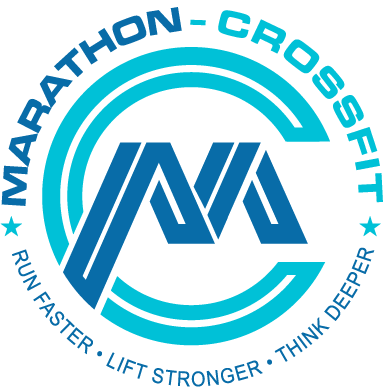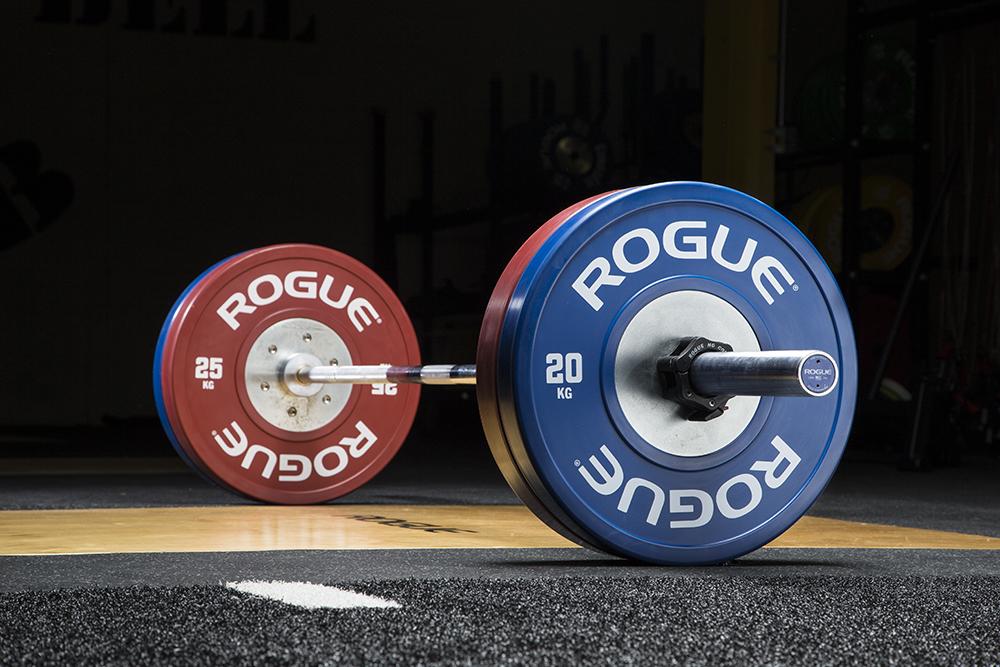Rogue Calibrated steel plates vs Color KG training plates
This is a comparison between the Rogue Calibrated plates and the Color KG training plates including pros, cons and alternatives. Follow the links for more details
Which plates to get from Rogue?
This video discusses which plates you might want to buy for your home gym from Rogue Fitness. Good options are their bumper plates or simple cast iron plates if you want to save money. I personally own the Black training plates from rogue and like them a lot.
Overview and review of the Rogue Color KG training plates
The Rogue color KG training plates will set you back about $960 dollars or $6.85 dollars per kg. These plates are especially good to use for weightlifters who are serious about competing. This overview has originally been published in the article "Which rogue plates to buy" which you can find on this blog.
What else to consider from Rogue
- Which belt to buy from Rogue
- Which barbell to buy from rogue
- Which rack to buy from Rogue over $1000
- Which rack to buy from Rogue for under $1000
- Which plates to buy from Rogue
- Which strength equipment to buy from Rogue
- Which conditioning equipment to buy from Rogue
- Which Equipment package to buy from Rogue
- Which accessory to get from Rogue
- Which jump rope to get from Rogue
- Which knee sleeve to get from Rogue
Overview of the Rogue Color KG training plates
The Rogue color KG training plates come in full color just like the competition plates and are specialized in Olympic weightlifting. These plates can be used in training and still life up to the IWF standards, You can choose from 10kg, 15kg, 20kg, and 25kg plates. These plates come with a 450mm diameter and collar opening of 50.4mm. They score 86 on the durometer which means they a little more bounce than the top range plates from Rogue. They also have been designed to be thinner and fit more weight onto the bar. The weight tolerance on each of these is around 15 grams per plate.
Weight / Color / Diameter / Thickness / Price per pair
25kg / Red / 450mm / 2.50'' / $345
20kg / Blue / 450mm / 2.125'' / $285
15kg / Yellow / 450mm / 1.75'' / $220
10kg / Green / 450mm / 1.25'' / $152.50
Available sets
90kg, 2x 10-15-20kg $615
110kg, 2x 10-20-25kg $755
120kg, 2x 15-20-25kg $825
140kg, 2x 10-15-20-25kg $960
These are the right plates when you want to get the real competition feel going for your Olympic lifters in your gym while still saving some money compared to competition plates.
Pros of the Rogue color training plates
These plates are great for training purposes and cost less than actual competition plates. You will fit more of these onto a regular bar compared to normal bumper plates. The color coding will set your gym apart and make it easy for athletes and coaches to identify the weight on the bar.
Cons of the Rogue color training plates
The color coding is not ideal in gyms where the plates will be used on and off a platform. They will quickly take on lose color and dirt will be easily visible. The higher bounce rate compared to higher end Rogue products makes it more likely for them to break. This also means that they are a bit more dangerous to train with for beginners as they are usually not used to bouncing weights.
Alternatives to the Rogue color training plates
Alternatives to the KG color plates are:
If your clients or yourself prefer to train in lbs rather than KG but like the color coding and a bit more bounce, than the LBS version of the Color training plates are an option for you.
If you want top-notch training plates which match the rest of your gym and are more durable, you can opt for the Black training plates from Rogue. These have less bounce and a couple of extra features on the plate which make them more beginner friendly.
If you want to save money and do not need to max out the weight that can be put on the bar, the bumper plates are a time tested solution for any gym. Not fancy, but they do the job and you save some $$$ per kilo.
Overview and review of the Rogue Calibrated steel plates
The Rogue calibrated steel plates will set you back about $885 dollars or $5.56 dollars per kg. These plates are especially good to use for powerlifters who are serious about competing. This overview has originally been published in the article "Which rogue plates to buy" which you can find on this blog.
Overview of the calibrated steel plates
The Rogue calibrated steel plates come in KG and LBS nominations. They are popular for powerlifting purposes as they can fit a lot of weight onto a bar. They are also approved by the IPF and therefore be used for official powerlifting competitions based on their high level of precision.
In the manufacturing process, each plate will vary in weight when it is finished. The cheaper the plate, the more variance you will have. Calibrated plates are made with better quality machines and add one production process at the end which is the calibration. What happens here is that the plates are weighed and then there will be a disc placed into little holes at the back of them to adjust to within 10grams of the desired weight.
Further specifications for the Rogue Calibrated steel plates:
Weight / Color / Diameter / Thickness / Price per pair
50kg / black / 450mm / 50mm / $386.50
25kg / red / 450mm / 27mm / $225
20kg / blue / 450mm / 22.5mm / $182
15kg / yellow / 400mm / 21mm / $140
10kg / green / 325mm / 21mm / $99.50
5kg / white / 228mm / 21.5mm / $82.00
2.5kg / Black / 190mm / 16mm / $55
1.25kg / Chrome / 160mm / 12mm / $42.50
0.5 kg / Chrome / 134MM / 8mm / $35
0.25kg / Chrome / 112mm / 112mm / $25.75
Available sets
159kg, pair of each plate except 50kg $885
459kg, pair of each plate 0.25kg to 20kg & 7 pairs of 25kg $2060
Calibrated steel plates are very good when you want to fit as much weight in as little space as possible. As long as you do not want to drop your weights this is great.
Pros of the calibrated steel plates
Calibrated steel plates are the ones you will use in competition in a powerlifting meet. They will also take up less space in your gym than bumper plates for the same amount of weight. The color coding looks cool and gives any gym a little extra feel of being professional when it comes to getting results. With these, you can train like a real champion.
Cons of the calibrated steel plates
Steel plates are not ideal for overhead lifts. They spin differently than competition bumper plates and behave differently when you switch direction during the lift. They also suffer from dropping or heavy use a lot more. Especially the calibration discs can come loose and start to rattle or fall out over time altogether.
Alternatives to the calibrated steel plates
Calibrated steel plates with LBS nominations are the same plate style but take out the thinking for you when you prefer to lift in pounds. If you do not want to compete this might be an option, as the international standard for the IPF is to measure the weight lifted in kilograms.
Competition bumper plates can be a good alternative if you focus more on weightlifting than powerlifting in your local gym. These plates are specially designed to be used in Olympic lifts. Dor this purpose they have a metal core and bumper surroundings. The only downside with these plates is that you can not fir as much on the bar as with steel. But you were not planning on overhead pressing 400kg soon, weren't you.
The most durable and high-quality plates you can get from Rogue are the Urethane plates. Therefore, they are also the most expensive. You can basically think of these as the steroid version of the competition bumper plates which last longer. If you will drop your plates often and use them outside for overhead lifts, this might be the way to go.


